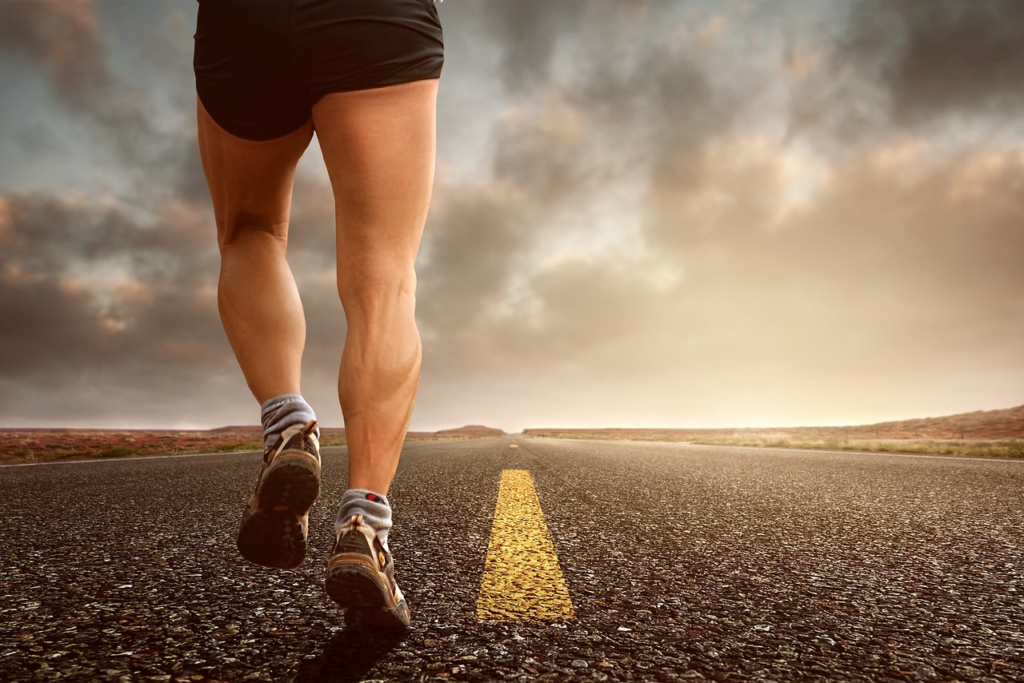
Choosing the right pair of shoes is crucial, especially when you’re on the hunt for active footwear. Whether you’re an avid runner, a weekend hiker, or simply someone who values comfort and support during daily activities, finding the perfect shoe is an absolute game-changer! In this comprehensive guide, we’ll explore the key factors to consider when searching for active footwear that suits your needs.
1. Know your foot type
Before you start shopping for active footwear, it’s essential to understand your foot type. Everyone’s feet are unique, and different shoes are designed to accommodate various foot shapes. There are three primary foot types:
For example, if you have pronated feet, your arches tend to collapse when you walk or run. Look for shoes with stability features that provide extra arch support and control overpronation. On the other hand, supinated feet have high arches, which may not absorb shock effectively. Cushioned shoes with ample flexibility can help distribute pressure and reduce the risk of injury. Neutral feet fall somewhere between pronation and supination. You have a balanced arch and can usually wear a wide range of shoe types. Consider yourself lucky, as you have more options to choose from.
2. Understand different shoe types
Now that you know your foot type, it’s time to delve into the various shoe types available for different activities:
3. Running shoes
Running shoes come in various categories, including neutral, stability, and motion control. Choose running footwear that aligns with your foot type and running style. Make sure they fit snugly to prevent blisters and discomfort during long runs!
4. Hiking boots
Hiking boots are designed to provide support and protection on rough terrain. Look for boots with good ankle support, a sturdy sole, and waterproof features if you plan to tackle wet or muddy trails.
5. Cross-training shoes
Cross-training shoes are versatile and suitable for a range of activities, from weightlifting to aerobics. They offer a balance of cushioning and stability, making them ideal for gym workouts.
6. Walking shoes
Walking shoes prioritize comfort and support for those who spend long hours on their feet. They often have a flexible sole and ample cushioning for shock absorption.
7. Get proper measurements
Never assume your shoe size is the same across all brands and styles – it’s crucial to measure your feet regularly, as they can change over time. Visit a reputable shoe store where a professional can measure your feet and help you find the right size and width.
8. Consider your activity level
Your activity level and the intensity of your workouts also impact your choice of active footwear. For instance, if you’re a serious runner, investing in high-quality running shoes is essential. For casual activities, you may have more flexibility in your choices.
9. Quality over price
While it’s tempting to go for the cheapest option, investing in quality active footwear is crucial for your comfort and long-term foot health. Quality shoes are made with durable materials and advanced technology to provide the necessary support and protection.
10. Consult a professional
If you’re unsure about the best footwear for your specific needs or have any foot-related concerns, consider consulting a podiatrist or an orthopedic specialist. They can provide personalized recommendations based on your foot type and activity level.
